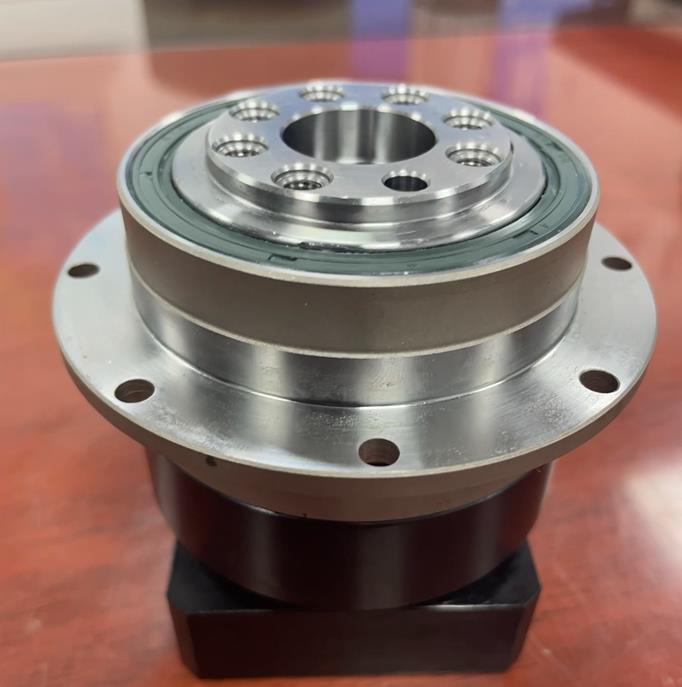
With the continuous evolution of industrial technology, gear reducers play a crucial role in various mechanical transmission systems. Harmonic gear reducers, as a novel type of reduction device, exhibit unique advantages and characteristics when compared to traditional gear reducers. This article will delve into a comprehensive comparison analysis focusing on the structural design, performance features, and application areas of harmonic gear reducers and traditional gear reducers.
1. Structural Design:
Traditional gear reducers typically employ gear wheels and pulleys in their mechanical structures, resulting in relatively complex designs that require more components. On the other hand, harmonic gear reducers utilize a combination of flexible inner and outer rings with rollers, forming a flexible transmission structure. This design enables harmonic gear reducers to have a compact form factor and lightweight characteristics. In contrast, traditional gear reducers often require larger volumes and more components to achieve the same reduction ratio.
2. Performance Characteristics:
Harmonic gear reducers generate harmonic vibrations during motion, contributing to their low backlash characteristics. This implies that harmonic gear reducers can precisely control position and velocity in mechanical systems, enhancing the system's positional accuracy. In comparison, traditional gear reducers usually exhibit higher backlash, particularly during reverse motion, resulting in relatively lower positional accuracy.
3. Application Areas:
While traditional gear reducers find widespread applications in various industrial equipment such as conveyors, machine tools, and fans, harmonic gear reducers have gained prominence in fields demanding high precision. Industries like precision instruments, semiconductor manufacturing, and medical devices increasingly favor harmonic gear reducers due to their high accuracy and low backlash characteristics.
4. Efficiency and Energy Consumption:
Harmonic gear reducers typically experience minimal energy losses during transmission, leading to higher efficiency. This is particularly significant in applications where energy efficiency is crucial. In contrast, traditional gear reducers may suffer from energy losses due to factors like friction and gear engagement, resulting in relatively lower efficiency compared to harmonic gear reducers.
5. Cost and Maintenance:
Traditional gear reducers tend to have lower manufacturing and maintenance costs as their technology is well-established, and components are standardized. Conversely, the manufacturing technology for harmonic gear reducers is relatively new, potentially leading to higher production costs. Additionally, due to the unique structure of harmonic gear reducers, repairing and replacing components might be more complex in case of a malfunction.
In conclusion, harmonic gear reducers demonstrate unique advantages in terms of precision, compactness, and energy efficiency when compared to traditional gear reducers. However, the choice between the two depends on specific application requirements, considering factors such as precision needs, cost constraints, and ease of maintenance.
 English
English Deutsch
Deutsch Русский
Русский Español
Español
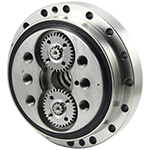
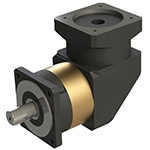
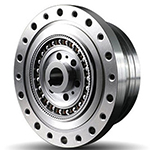
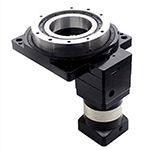
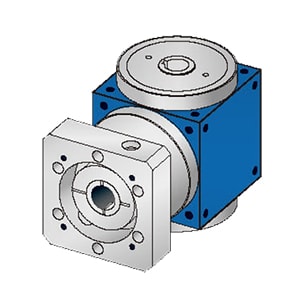
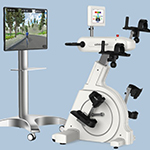
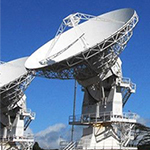
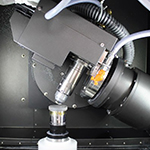
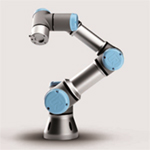
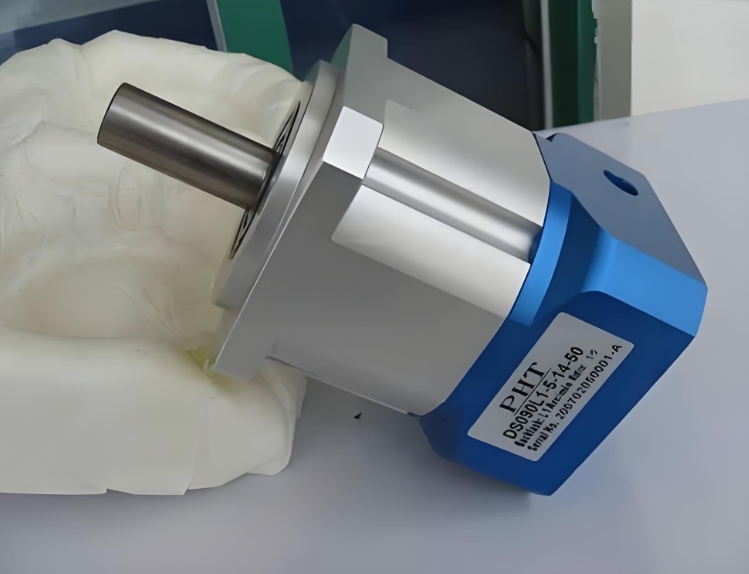
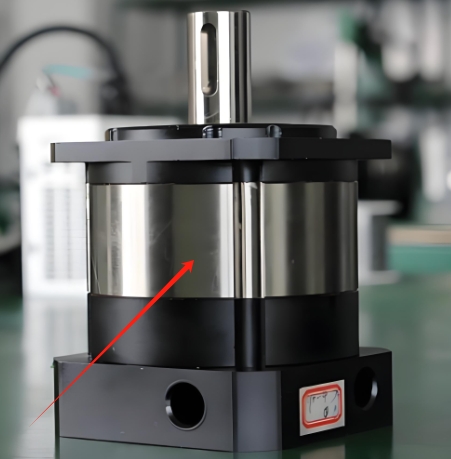
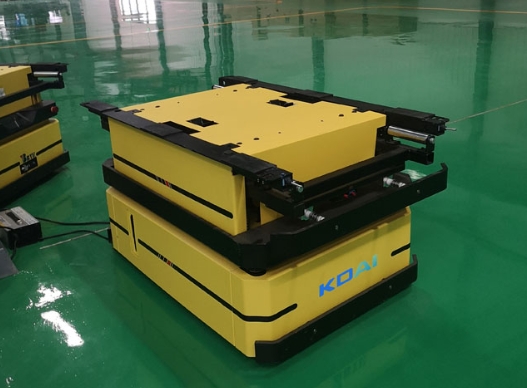
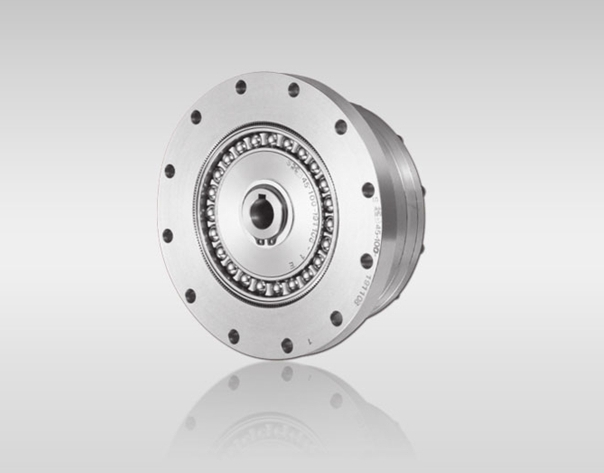
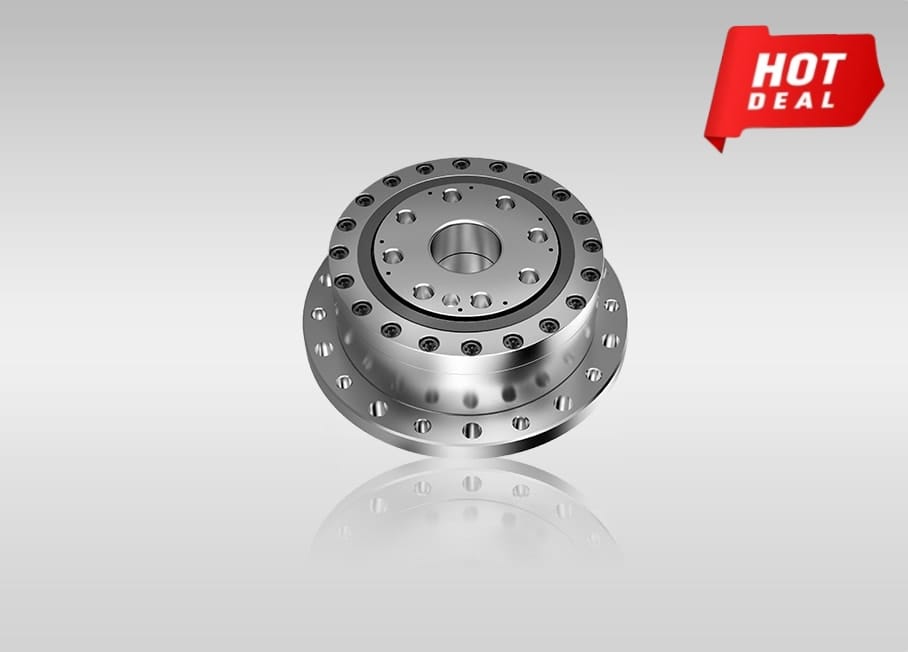
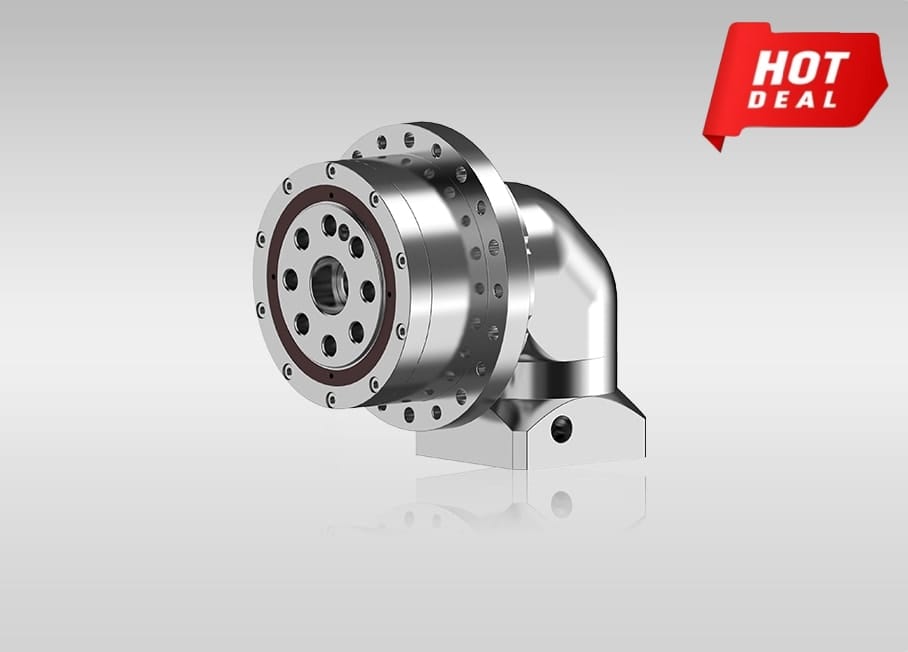
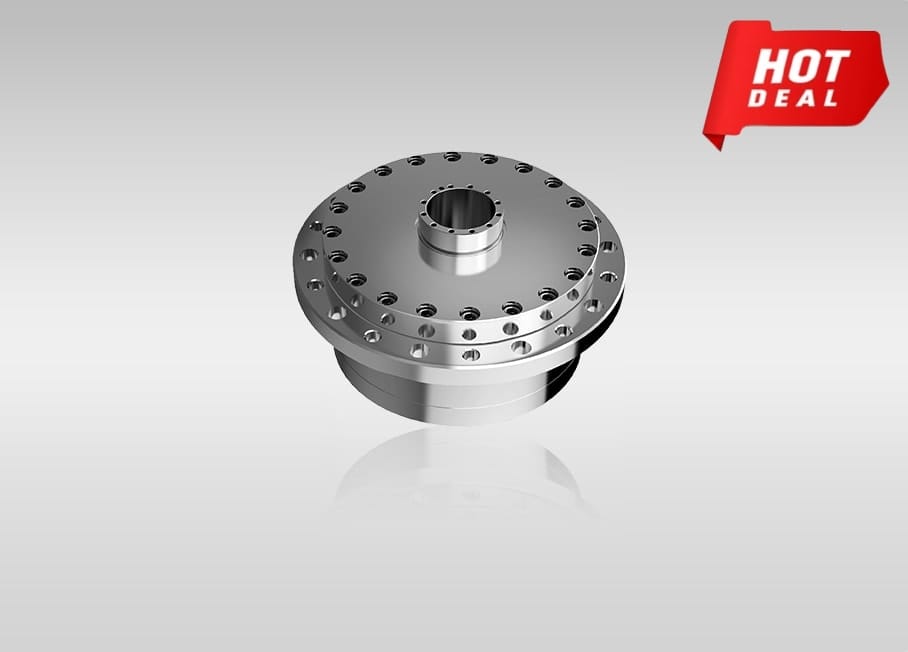
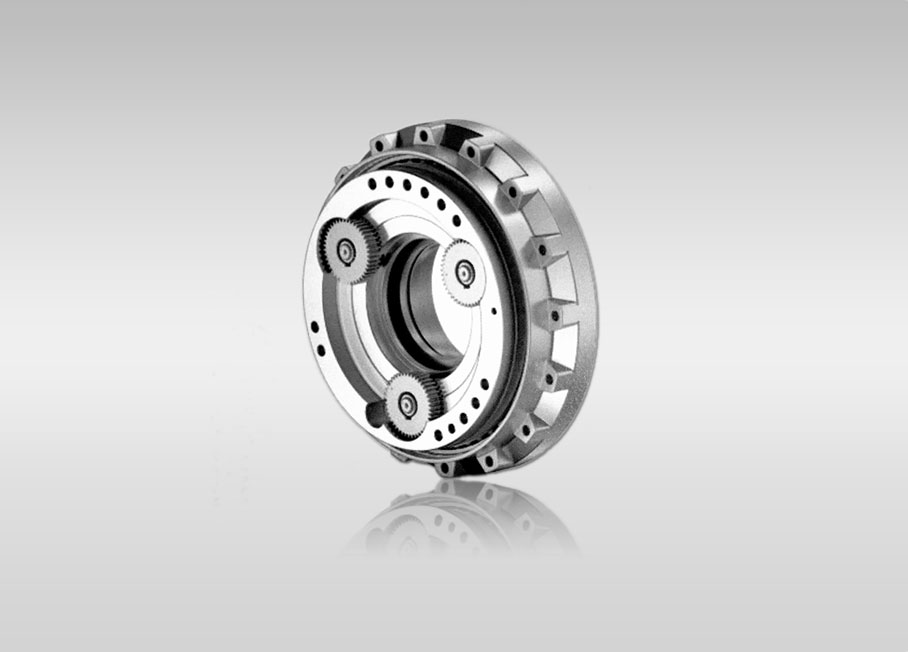
Quote Now